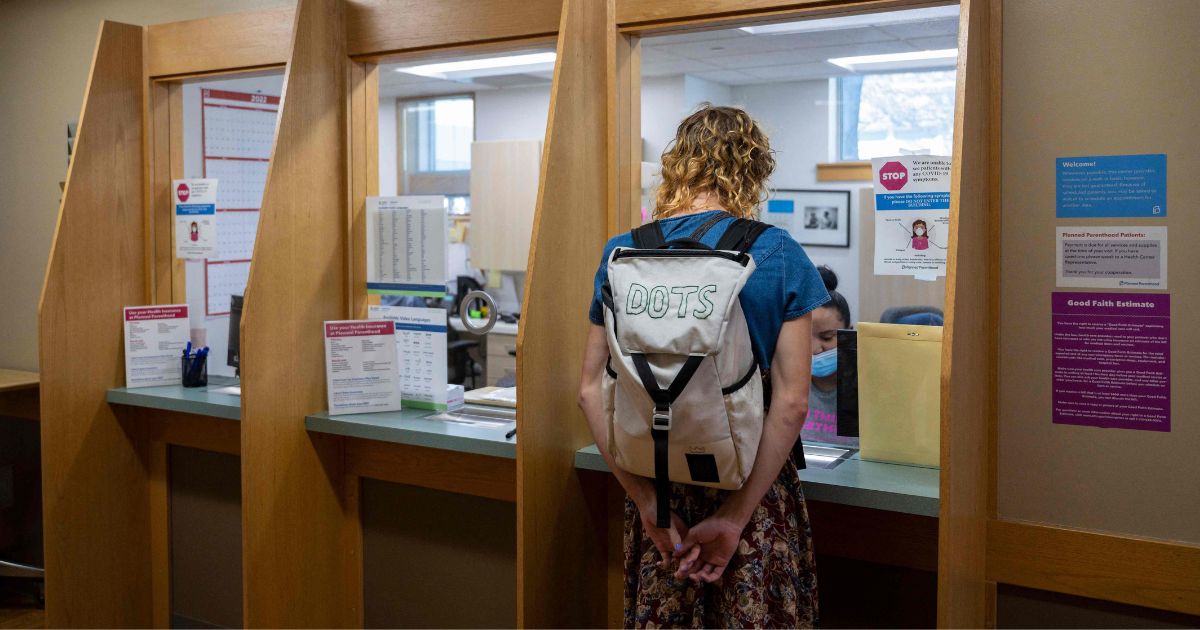More people are living alone due to the loneliness epidemic, says Census Bureau.
More Americans Living Alone, Couples Living Together Decreases
A growing number of people are living alone, while the share of couples living together is shrinking, according to the U.S. Census Bureau.
The Numbers
According to new analysis from 2020 data, the share of people living alone increased to nearly 28%, up from 26.7% in 2010, less than 25% in 1990, and 7.7% in 1940, the Census Bureau notes. Only 7.2% of households are multigenerational. The number of “nonfamily households,” in which the occupant either lives alone or with another person who is not related, increased by 12%. Women were more likely than men to live with others in nonfamily households, and their share of that living arrangement increased by nearly 20% since 2010. Men’s share increased by 7%. Despite this, families remained the lion’s share of U.S. households, with no change from two-thirds in 2010. Nearly three-quarters of those households were married couples. However, the overall share of couples living together has decreased steadily over time. In 2020, 53.2% of households were coupled, but that has ticked down from 55.1% in 2010 and 56.9% in 2000. Nearly 7% of couples living together were unmarried. Regionally, the South has the lowest share of unmarried couples living together.
The Shift in American Culture
American Principles Project President Terry Schilling believes the increase in people living alone speaks to a shift in what American culture values. “This radical individualism has led to record level mental health issues, including anxiety, depression, and increased suicidality,” he told the Washington Examiner. The new numbers also coincide with the “epidemic of loneliness and isolation” declared by U.S. Surgeon General Vivek Murthy earlier this month. In his health advisory, Murthy connected an increase in feelings of loneliness to several different negative health outcomes, noting that humans are social creatures and not having a community connection is extremely unhealthy.
The Impact on Future Generations
For Schilling, the shift does not portend well for future generations, as the move also tracks with many countries being below the birth replacement rate. “Lack of marriages and declining birth rates signals that America isn’t just getting older, we are dying. Who will replace the workers of today? Who will pay for Social Security and Medicare for retired Americans?” Schilling said. “There’s something very sad and narcissistic about refusing to do your job as a human being and at least replacing yourself before you leave this world — but this anti-life spirit didn’t come out of nowhere.”
The Importance of Community
The increases in loneliness come alongside a decline in religion and other community-oriented support systems. “The mortality impact of being socially disconnected is similar to that caused by smoking up to 15 cigarettes a day and even greater than that associated with obesity and physical inactivity,” Murthy said. “It is associated with a greater risk of cardiovascular disease, dementia, stroke, depression, anxiety, and premature death.”
It’s important to prioritize community connections and relationships to combat the negative effects of loneliness and isolation.
" Conservative News Daily does not always share or support the views and opinions expressed here; they are just those of the writer."




